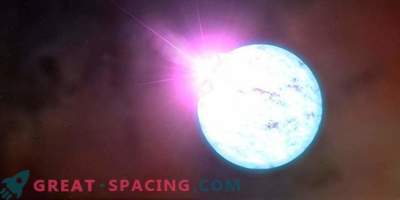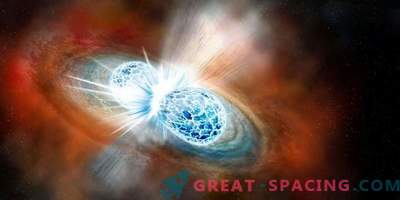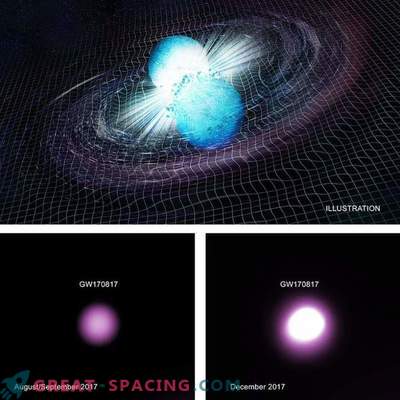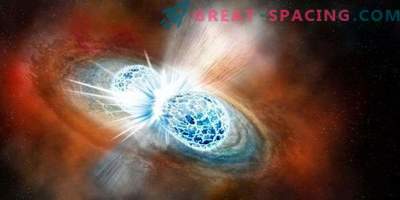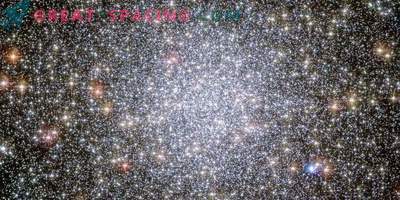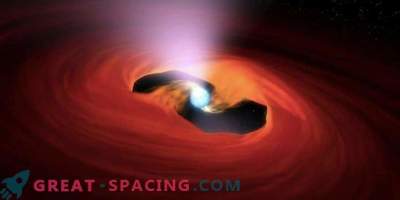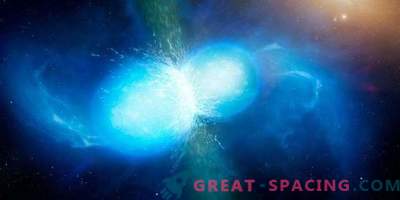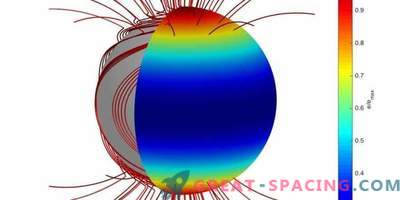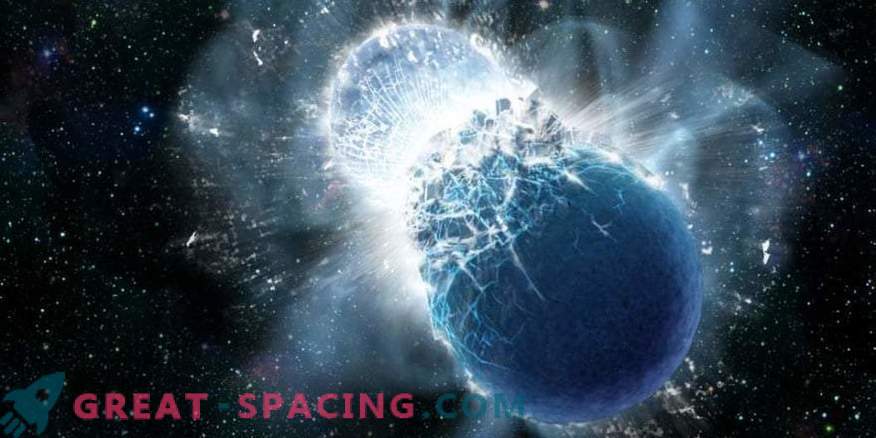
When a supernova explodes, its outer layers are pushed out, leaving a supercompact neutron star. For the first time, the LIGO and Virgo observatories were able to observe the fusion of two neutron stars. They also managed to measure their total mass - 2.74 solar. Based on these observations, scientists were able to narrow the size of neutron stars using computer simulations. The calculations led to a minimum radius of 10.7 km.
Crash as evidence
In a collision, two neutron stars orbit around each other, merging to create a double-mass star. In this process, gravitational waves of oscillation are born. It resembles the waves formed by a stone thrown into the water. The heavier the stone, the higher the wave.

The upper and lower rows display a neutron star fusion simulation. In the upper scenario, the stellar compression and the formation of a black hole were displayed, and in the lower scenario, the creation of a temporarily stable star.
Researchers modeled different fusion scenarios for recently measured stellar masses to determine the radii of neutron stars. At the same time, they relied on various models and equations of state characterizing the exact structure of neutron stars. Then the team checked if the scenarios were consistent with the observations. It turned out that you can exclude all models leading to a direct crash, because the collapse creates a black hole. But telescopes saw bright light sources at the site of the collision, which testifies to the collapse hypothesis. As a result, it was possible to exclude a number of models of matter of a neutron star (those that predict a radius of less than 10.7 km). But there is still little information about the internal structure.
Fundamental properties of matter
Neutron stars exceed solar in mass, but their radius reaches only 10 km. As a result, they hold more mass in a smaller space, which leads to extreme conditions inside. Scientists have been studying these conditions for decades.
New calculations help to better understand the characteristics of high-density matter in our Universe. Future observations will help improve existing models. The LIGO and Virgo observatories have just begun surveys, so new discoveries are expected in the next few years.
